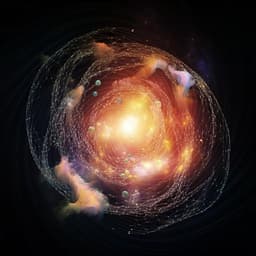
Physics
Deterministic generation of indistinguishable photons in a cluster state
D. Cogan, Z. Su, et al.
This groundbreaking research by Dan Cogan, Zu-En Su, Oded Kenneth, and David Gershoni showcases the deterministic generation of a multi-indistinguishable photon cluster state. Their work achieves gigahertz photon generation rates, significantly enhancing entanglement length and paving the way for advanced photonic quantum computing.
Playback language: English
Related Publications
Explore these studies to deepen your understanding of the subject.







